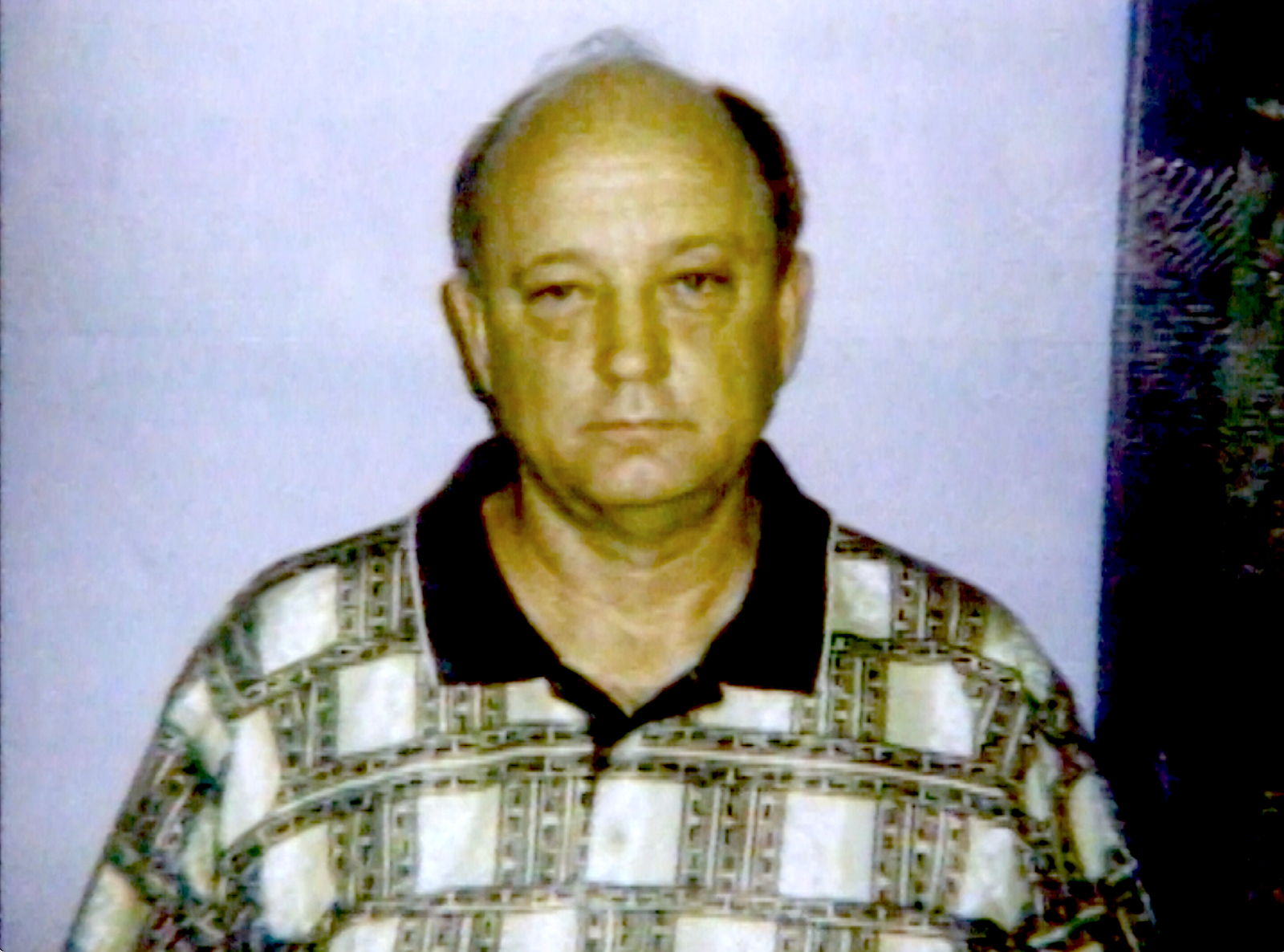
Episode three of the true-crime podcast Ransom: Position of Trust focuses on the suspect Hilton Crawford.
The third suspect investigated by law enforcement was a family friend named Hilton Crawford, or as McKay knew him ‘Uncle Hilty.’
Hilton was on a list of people who knew about the Amway meeting. He was supposed to bring one of the employees of his security business to the meeting but hadn’t shown up. So the FBI drove out to interview him the following morning.
Hilton’s Story
Hilton explained to agents that the night before he’d been on a work trip in eastern Texas, visiting some of the security sites and had then stayed overnight at the Best Western in Beaumont, so he could attend an early meeting in Silsbee.
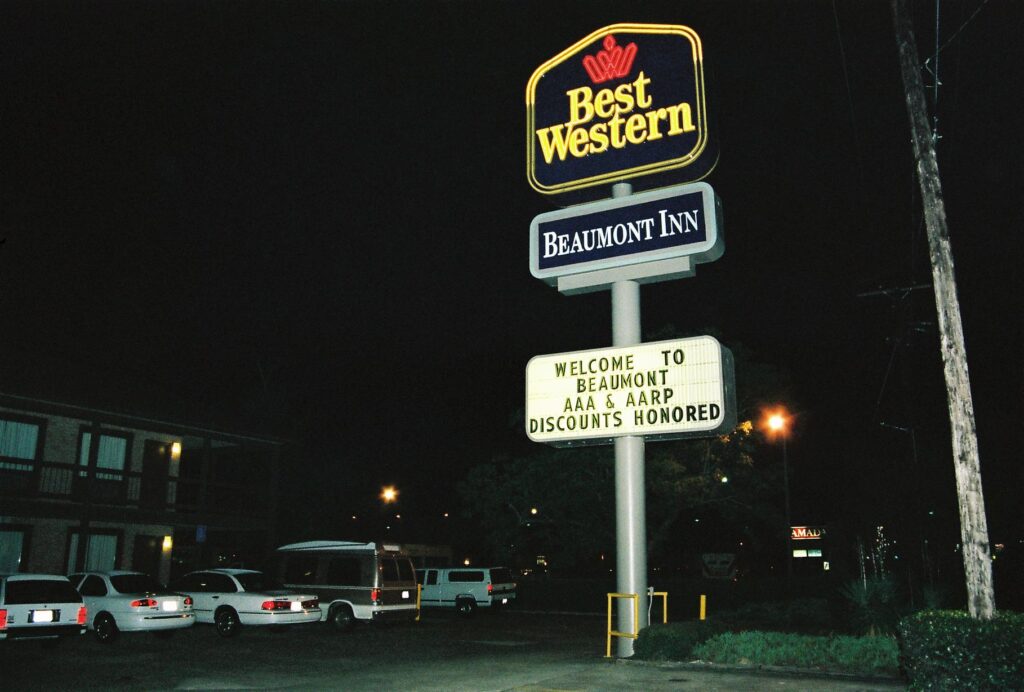
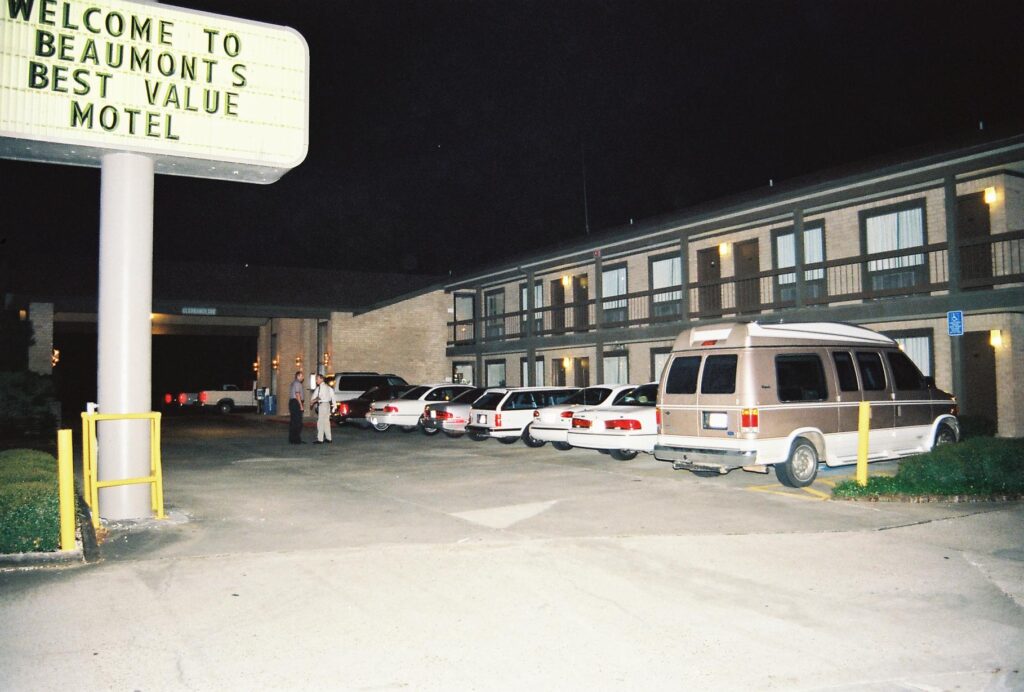
Hilton was just one of many names on the FBI’s list of people to interview. He’d been cooperative, helpful even, and nothing he said raised any immediate red flags. Besides, Hilton didn’t seem to fit the profile of a kidnapper — he was ex-law enforcement, a little league baseball coach married to an elementary school teacher.
Agents asked him about the Everetts and Amway and whether he knew anyone who drove a gold or dark brown Chrysler with a crown dealership sticker on it. Crawford answered their questions and told them he didn’t know anyone who drove that kind of car. The agents thanked him for his time and moved down to the next person on their list.
After they left, Hilton must’ve felt exhausted — he’d barely slept the night before. But there was no time to sleep now. He walked into his garage, and stared at the golden 1994 Chrysler LHS parked inside, bent down by the back left bumper, and began to peel off the crown dealership sticker.
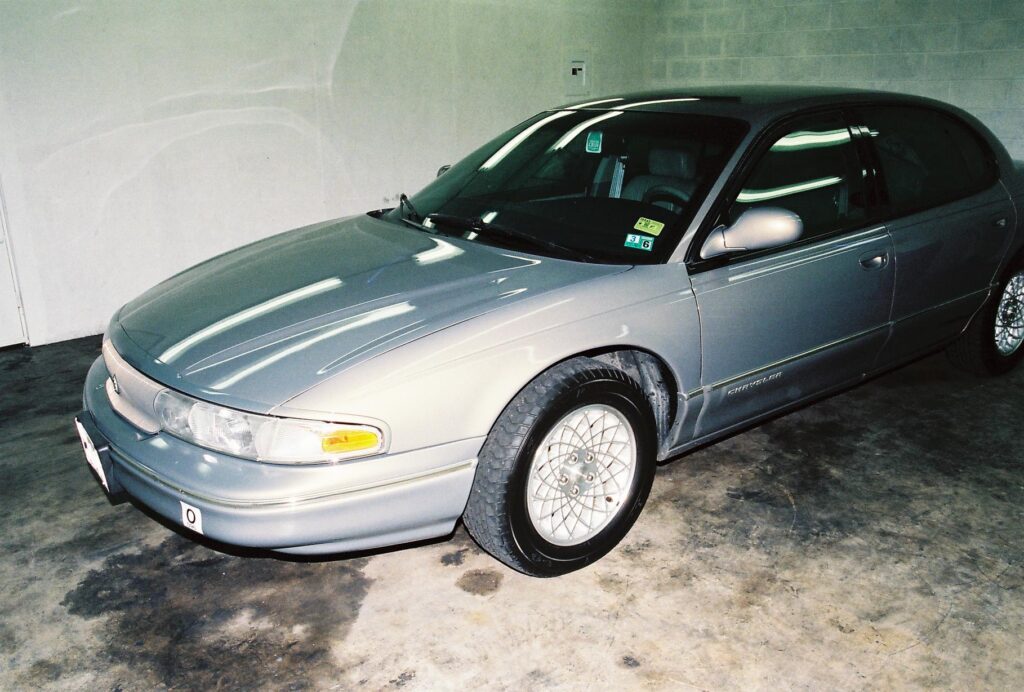
Covering His Tracks
Hilton Crawford hadn’t expected the FBI to get involved so quickly, or for anyone to have seen him driving away from the Everett’s home. As former law-enforcement he knew that the FBI would be following up and trying to verify his story.
But if there was anything that Hilton was good at, investigators said, it was tricking people. Hilton called the security offices that he’d used as his alibi to the FBI – he lied to his employees, trying to plant in their heads the idea that he’d been by the night before. If they seemed skeptical he told them he saw them working hard, so he hadn’t interrupted. Hilton also added that someone hired a private investigator to look into him and try to get him in trouble. And, Hilton said, the P.I. was going around telling people they are from the FBI and asking questions.
After he shored up his alibi, Hilton switched his focus to the car. He had managed to tear off most of the crown dealership sticker from the back of his car, but it had left behind a residue. He called a local car dealership and asked them what they used to remove stickers from cars. The worker told him that the dealership was out of the chemical they used, but that the solvent acrysol would work, and that he should be able to find it at any automotive store. Hilton thanked him and hung up.
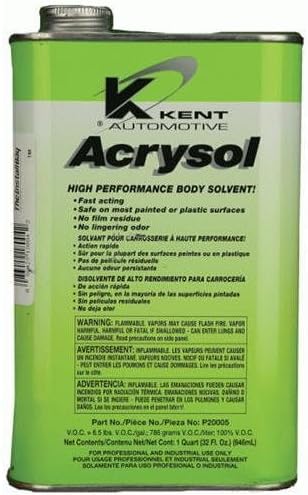
Hilton went to a couple of auto stores but neither had the acrysol. At the second store an employee had a suggestion, but it didn’t work very well. Hilton bought a third solvent, which worked better, but the residue was still visible if you looked closely, so Hilton took the car to the carwash.
Hilton still had a lot to do. He needed to drop his clothes off at the laundromat as well.
Investigating Hilton’s story
But the FBI didn’t just take Hilton’s story at face value. As a rule, agents try to verify everyone’s story however they can. As they looked into Hilton’s claims they began to find inconsistencies.
For example, Hilton told them that several of his employees could vouch that he’d visited their security offices on the night of McKay’s abduction. But when the FBI tracked down these employees, they told agents they hadn’t actually seen Hilton that night.

And while Hilton told investigators he had checked into the Best Western at 1:30 am, records from the hotel showed he hadn’t checked in until 4:30 am.
Moreover, there were other reasons to be suspicious of Hilton Crawford: he was close enough to McKay that McKay would’ve opened the door for him, and investigators heard rumors that Hilton drove a golden 1994 Chrysler LHS, strikingly similar to the one neighbor Bill Kahn had seen leaving the Everett’s the night of the kidnapping.
Hilton’s car must have come as a surprise to investigators given that agents had asked Hilton, his wife Connie, and Hilton’s neighbors the Schaeffers if they knew anyone with a dark brown or golden Chrysler with a crown dealership sticker on the back. But none of them mentioned Hilton’s car.
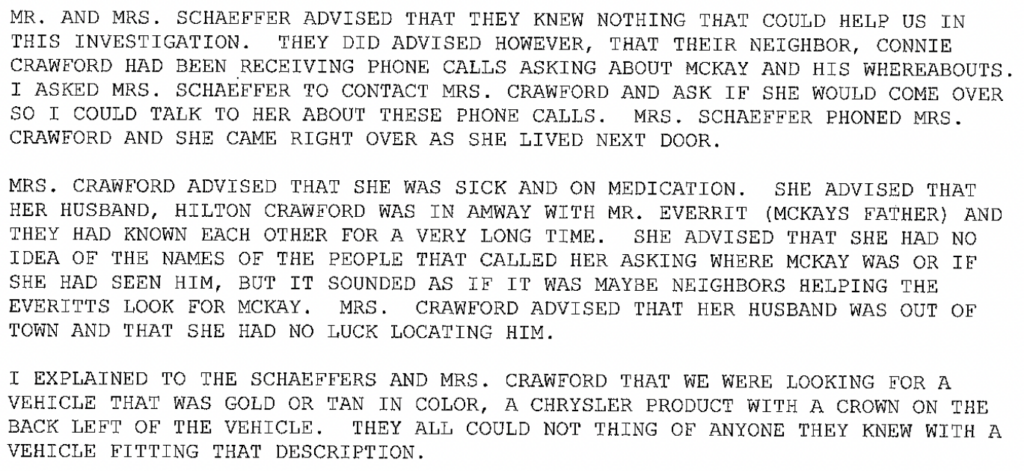
The FBI wanted to verify what car Hilton drove, so — as a ruse — agent Lloyd Dias asked Hilton to come into the office for an additional interview.
While Dias spoke to Hilton, other agents checked his car, but they didn’t find the crown dealership sticker that Bill Kahn had described seeing.
On closer inspection, however, they did notice a small smudge on the trunk of the car that was sticky to the touch – there was a residue from where a sticker had been recently removed.
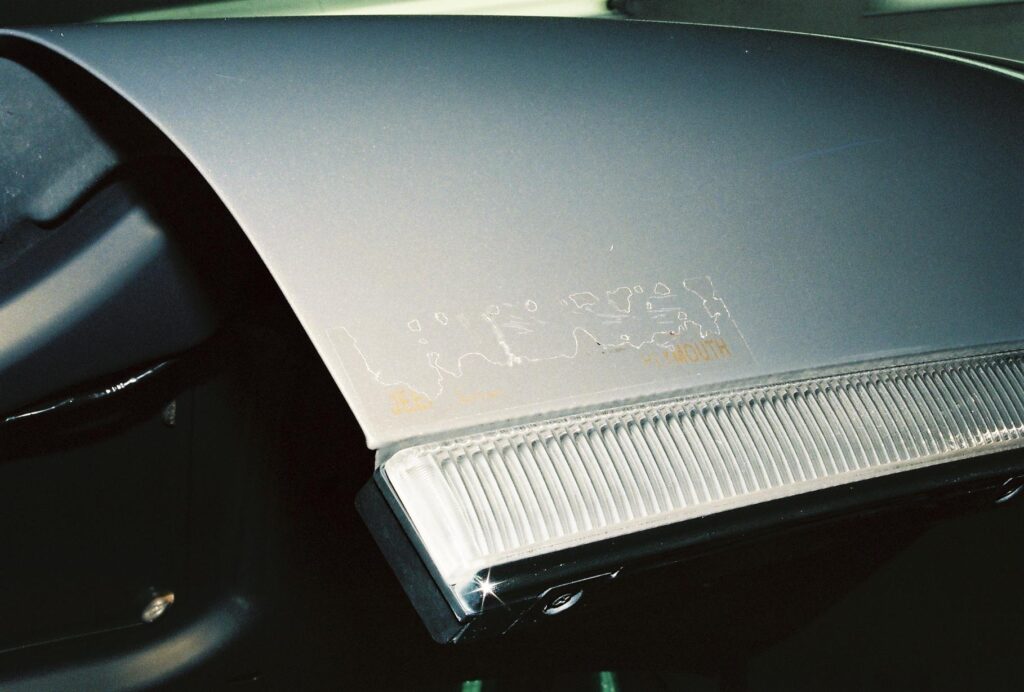
Hilton was now the top suspect in the investigation, but FBI investigators didn’t feel that they had enough evidence to arrest him.
They still had no idea where McKay was or how many other accomplices were involved and they knew there was at least one accomplice, the raspy-voiced ransom caller who’d spoken to Carl Everett and demanded $500,000.
The Ransom Caller
Investigators got a warrant to search Hilton’s phone records. They revealed that right around the time of the kidnapping he made 6 calls to a Houston phone number which belonged to a woman named Irene Flores. Late on the night of September 14th, now 48 hours from when McKay had disappeared, Lloyd Dias and his partner Donnie Miller drove out to Flores’s home.
“She opened the door,” said Miller. “She was in a nightgown and she never made eye contact.”
To hear the full story of the investigation and the FBI’s interrogation of Irene Flores, listen to episode 3 of Ransom here or on your favorite podcast app.




Ransom: Position of Trust is a 9-part True Crime Podcast from KSL Podcasts.
Follow the Ransom Podcast for free on your favorite podcast app. New episodes are released every Wednesday, with bonus episodes available on Fridays.